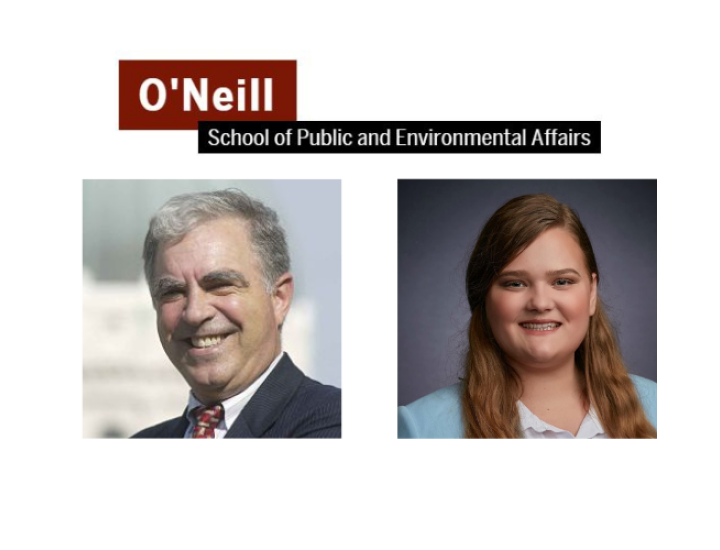Evolving Public Service Education in the US

Public service education in the US during the last 50 years has changed on many fronts. In “The Evolution of Organizational Forms for Public Service Education,” we explore how public service education has evolved over time, using theory and data to inform our understanding of the patterns of change. Our analysis of transformations of public service education focuses on two questions: How have organizational forms for public service education evolved and what lessons can we draw from how they have changed over time?
We used a variety of sources of evidence in answering these questions, including reviewing the literature about changes in public service education over time, analyzing longitudinal data about changes in organizational forms, and interviewing public service education opinion leaders to ground and support inferences from the quantitative longitudinal analyses.
Where have we been and where are we now?
A radical evolution of public service education is transparent when specific aspects of organizational form are examined over time. Our attention on organizational forms originates from population ecology theory, which applies models from biology to the evolution of organizational populations. One aspect of organizational form is the dominant formal structures for public service education, which have changed significantly since the 1970s. In the 1970s, public service education most commonly consisted of an MPA degree offered by a university department, typically the political science department. The dominant formal organizational structure today is a stand-alone school or college, which usually offers many different professional, doctoral and undergraduate degrees.
Change in organizational form is also evident when one looks at who delivers public service education. In the 1970s, most programs were delivered by tenure-track faculty and, if the program was housed in a political science department like many were, the faculty member was a political scientist. Today, the disciplines are more diverse, representing in about equal number economists, political scientists, and interdisciplinary faculty. Non-tenure track faculty with designations such as professor of practice, clinical faculty, and adjunct are increasingly common.
In the 1970s, core values of a public service education revolved around economy, efficiency, and effectiveness. The mission of public service education programs today are increasingly attentive to a range of public service values, civic engagement, diversity, equity, and inclusion.
We identified many environmental forces that explain the radical evolution we documented. Among these forces is the changing landscape of public service itself, accreditation, public accountability, changing social norms, fiscal pressures, and technology. The portfolios now embraced by public service education colleges and schools, for instance, have been profoundly influenced by a shift away from government-centric provision of public services toward multi-sector and collaborative governance arrangements. The rise of what has been called the entrepreneurial university—tying program funding to outcomes like enrollments or credit hours offered—is another environmental driver. More recently, fiscal pressures, particularly in public universities, have been influential in stimulating the growth of undergraduate public service education.
If evolving organizational forms for public service education are the result of processes of environmental selection, then these natural processes offer insights about both the current population of organizations and emerging normative forms. Stand-alone university units, typically colleges and schools, that offer a comprehensive portfolio of teaching, research and service are growing in number because they are better suited for survival within their environments. Comprehensive stand-alone colleges and schools are now perceived as a preferred organizational form for public service education in US universities.
We arrive at this conclusion about a preferred organizational form by observing the density of organizational forms over time to establish patterns in the revealed preferences in structure across academic units. In addition, we assessed whether the dominant organizational form is insulated from environmental shocks, signaling a sustained advantage in the current population. We find that separate schools of public service constitute the largest growth category of formal structure from 1985 to 2016 across US universities. Our analyses support our hypothesis that stand-alone schools of public service may be insulated from external pressures and are therefore less likely to experience substantive changes to formal structure.
Next week, our second piece answers the question: What comes next in the evolution of public service education?
